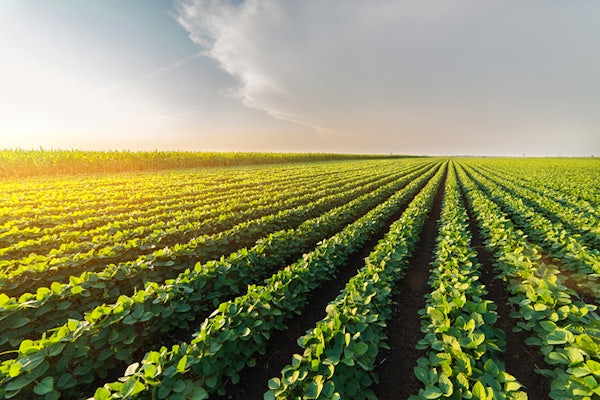WashU Expert: How does dicamba drift?
Research from Kimberly Parker may have identified the source of the drift trouble

A decision this month by the U.S. District Court of Arizona overturned the Environmental Protection Agency’s 2020 reapproval of three dicamba-containing products produced by agricultural companies Bayer, Syngenta and BASF.
The main point of contention in dicamba use is that it can drift into the air, to neighboring farms, where it can potentially damage crops not engineered to tolerate the weed-killing chemical.
While regulatory implications are still being sorted, environmental engineers at the McKelvey School of Engineering at Washington University in St. Louis have been studying the issue as to why the herbicide drift continues to vex farmers.
Kimberly Parker, an assistant professor of energy, environmental and chemical engineering, studies dicamba in the lab under different variables to determine the mechanisms behind how it turns into vapor, a process called volatilization.
Her lab has found that the dried residue of dicamba — rather than its liquid form, which is applied to plants like soybean and cotton — could be the source of the drift trouble.
Herbicides are typically made in a concentrated solution that is mixed with water. The water mixture changes the chemical nature of dicamba, which, by itself is a semi-volatile compound, meaning it can turn airborne. When mixed with other chemicals in water, dicamba becomes charged and is no longer volatile. But the water solution dries quickly after application, and that’s where things go awry.
“We think a lot of the volatilization may be happening after these droplets have dried out to a film or residue,” Parker said. Much of her lab’s work is investigating how the chemistry of dicamba changes when it’s in residue form.
Read the full story here.




